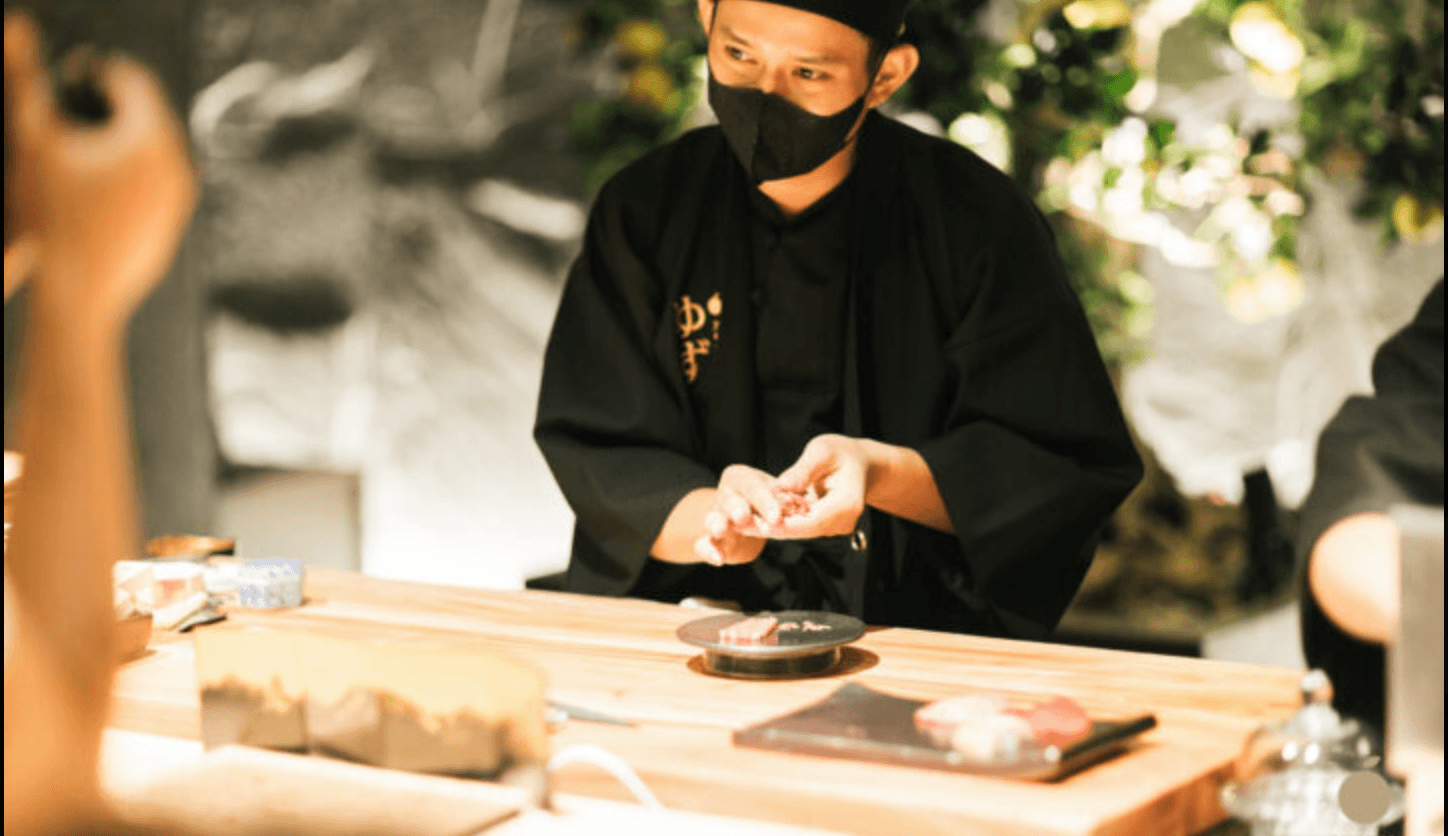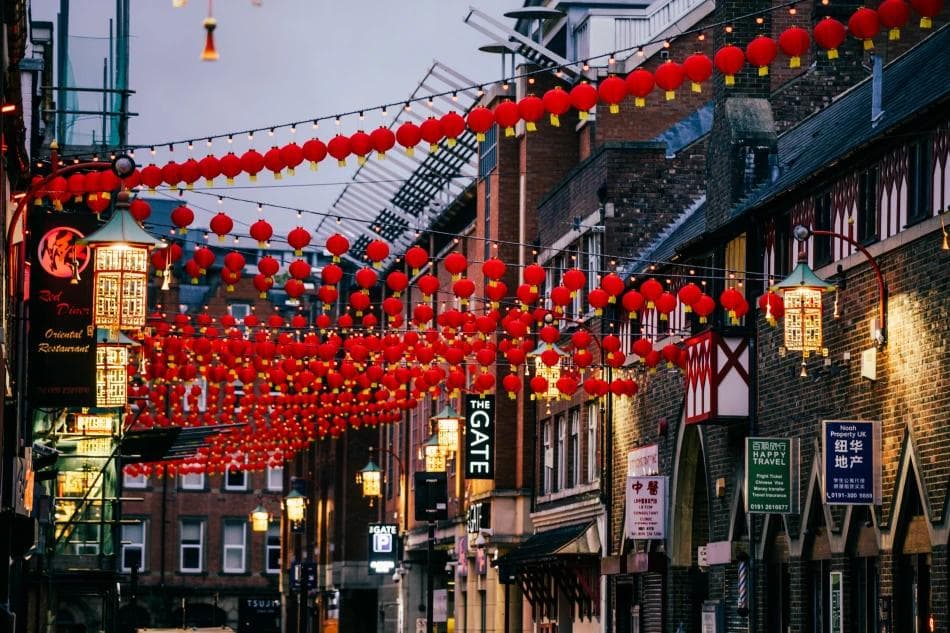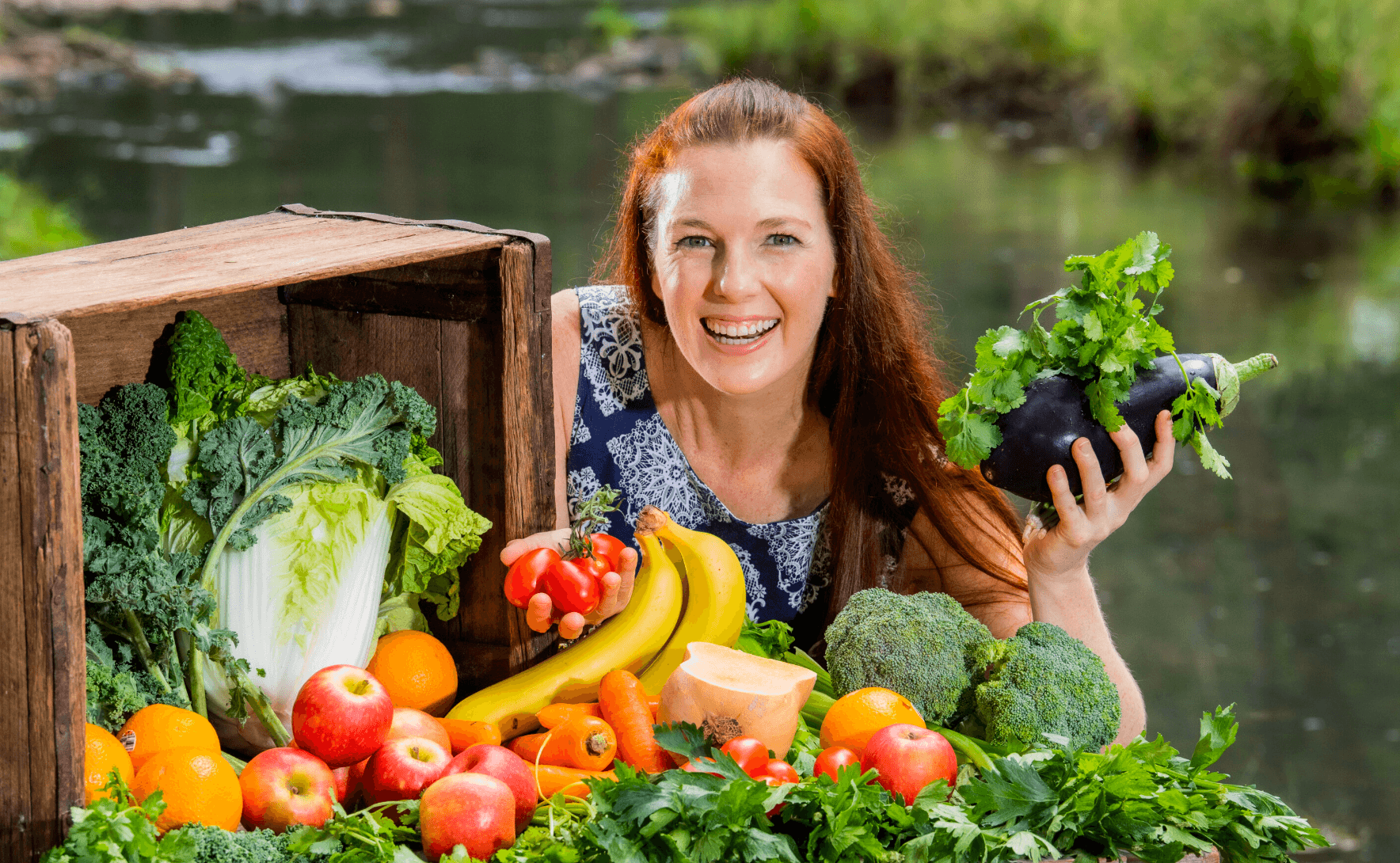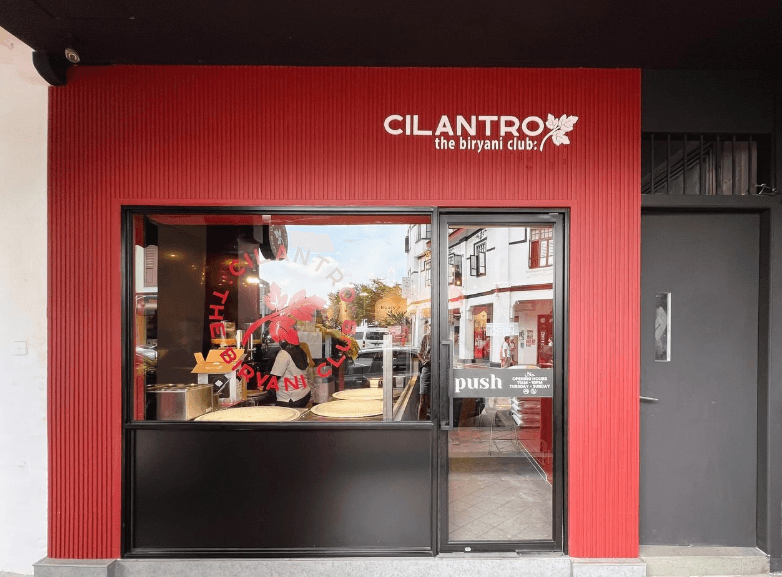Omakase fever in Vietnam: Culinary trend or temporary "bubble" of taste?

When witnessing the Omakase fever sweeping across Ho Chi Minh City and major Vietnamese cities, I feel like watching an interesting "revolution" in culinary culture. From experience observing consumer trends over many years, I understand that when a foreign culinary concept "lands" and is quickly embraced by the middle class, it's usually a sign of profound changes in taste and spending power. The question is: Is Omakase in Vietnam truly an appreciation of culinary art, or just a fashionable "wind" that will soon pass?
Omakase: "Entrusting" or "displaying" luxury?
The concept of "leaving it to the chef" sounds very "philosophical" and refined, but I wonder how many Vietnamese diners truly understand and appreciate this spirit? In a culinary culture where people are accustomed to "choosing dishes" and "requesting modifications," completely trusting the chef could be a major challenge.
I observe many people going to Omakase not because they want to experience culinary art, but because it's currently "trending" on social media. Checking in at an expensive Omakase restaurant might be seen as a "symbol" of success and sophistication.
"Shocking" prices: Worth it or "inflated"?
Omakase prices in Ho Chi Minh City typically range from 1.5-5 million VND per set, figures that are "not small" compared to average Vietnamese income. This raises questions about the real value diners receive. Are ingredient quality and cooking techniques worthy of these prices?
I worry that some restaurants might "exploit" diners' lack of knowledge about Japanese cuisine to "inflate" prices. When Omakase becomes a "status symbol," the risk of "copycat" products with quality not matching the price is very high.
"Premium" ingredients: Real or "marketing"?
Omakase is often advertised with ingredients "imported from Japan," "fresh fish flown in daily," "hand-grated wasabi." However, I question the ability to verify the authenticity of this information.
With tropical climate and incomplete logistics infrastructure, maintaining the quality of fresh ingredients from Japan is no small "challenge." Are some restaurants using local ingredients but "polishing" them as imports?
"Master" chefs: Skill or "acting"?
The most important factor in Omakase is the chef's skill. However, I see many Omakase restaurants in Vietnam with Vietnamese chefs who were quickly trained, lacking deep experience in authentic Japanese culinary culture and techniques.
"Performing" fish cutting and sushi making in front of diners might create a "professional" feeling, but does it ensure the quality and true spirit of Omakase? Or is it just a "performance" to justify high prices?
Customer taste: "Connoisseur" or "following the crowd"?
The Omakase-loving community in Vietnam seems to be growing strongly, but I wonder if they're truly "connoisseurs" or simply "following trends"? Evaluating an Omakase meal requires deep understanding of techniques, ingredients and Japanese culinary culture.
Just one step to unlock the rest of this article
Sign in to read the full article and access exclusive content
✨ Completely free • No credit card required




